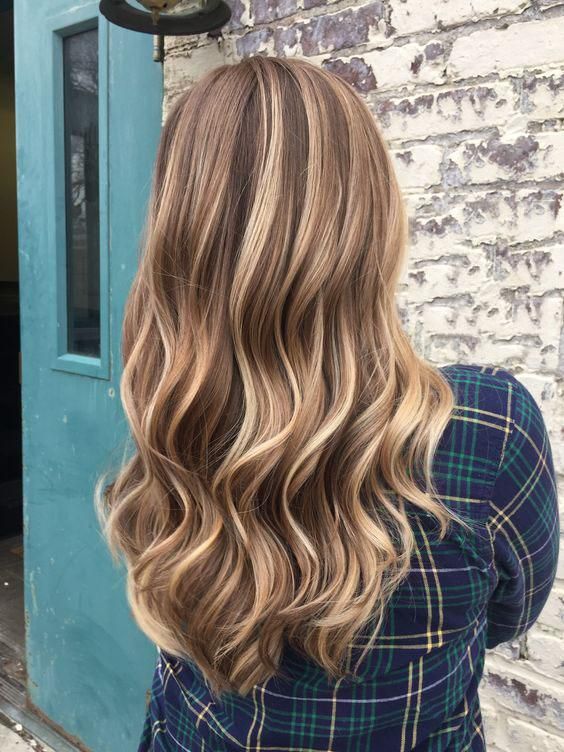How to know if hair extensions are good quality
Determining the quality of hair extensions is essential to ensure they look natural, last longer, and do not damage your natural hair.

Hair extensions virgin hair
The quality of hair extensions can vary drastically depending on whether they are made from virgin or non-virgin hair.
Virgin hair refers to hair that has not been chemically processed or treated, while non-virgin hair has undergone some form of treatment.
Determining the quality of hair extensions is crucial in order to achieve a natural and long-lasting look.
A simple yet effective way to determine if hair extensions are truly virgin is to examine the color disparities.
Genuine virgin hair will often exhibit variations in color throughout the length of the strands.
This is because natural hair tends to darken as it grows, resulting in darker roots and lighter tips.
When inspecting the hair extensions, look for these color inconsistencies.
If the tips of the hair extensions are lighter in comparison to the base,
it is a good indication that the hair is virgin and has not been chemically processed.
How to know if hair extensions are good quality
Another characteristic to consider when assessing the quality of hair extensions is moisture retention.
Virgin hair has a high moisture content, which helps to maintain its natural shine and softness.
To test the moisture retention of the hair extensions, run your fingers through the strands.
Quality virgin hair will feel cool to the touch due to its ability to retain moisture.
On the other hand, lower quality or non-virgin hair might feel warmer, as it lacks the same moisture retention capabilities.
It is important to prioritize hair extensions with good moisture retention, as they will provide a more natural and healthy appearance when installed.
By examining the color disparities and moisture retention of hair extensions, you can gain valuable insights into their quality and authenticity.
These two indicators serve as fundamental factors in determining if the hair is truly virgin and suitable for achieving the desired aesthetic result.
How to know if hair extensions are good quality
When it comes to hair extensions, achieving a seamless and natural look is essential.
One important factor to consider in determining the quality of hair extensions is the tapering, or lack thereof, of the strands.
Tapering refers to the gradual decrease in thickness from the roots to the ends of the hair extensions.
High-quality hair extensions will have minimal tapering, meaning that the thickness of the strands remains relatively consistent from top to bottom.
This even distribution of hair density creates a more polished and cohesive look when the extensions are installed.
On the other hand, lower quality extensions may have severely tapered ends, resulting in a choppy and uneven appearance.
These uneven ends can be difficult to blend with natural hair, leading to an unnatural and messy look.
When examining hair extensions for tapering, pay close attention to the ends of the strands.
Quality extensions will have neatly trimmed ends that maintain a consistent thickness, ensuring a seamless transition with your natural hair.
Extensions with excessive tapering should be avoided, as they may require additional cutting and styling to achieve a desirable result.
Additionally, it is worth noting that the tapering of hair extensions can also affect their longevity.
Hair extensions with minimal tapering are less prone to tangling and shedding, as the ends are less likely to catch on each other or your natural hair.
By investing in extensions with controlled tapering, you can enjoy a longer lifespan and increased durability.
Ultimately, assessing the tapering of hair extensions is crucial in determining their quality.
With minimal tapering, the extensions will seamlessly blend with your natural hair, resulting in a more authentic and visually pleasing appearance.
So, remember to carefully inspect the tapering of the strands when choosing your hair extensions for a flawless and natural look.
human hair vs synthetic hair burn test
In order to make an informed decision when purchasing hair extensions, it is essential to differentiate between synthetic and human hair.
Synthetic hair is made from artificial materials, while human hair is derived from real human donors.
The burn test is a simple yet effective method to identify the composition of the hair.
To conduct the burn test, take a small strand of hair from the extensions and carefully ignite it using a lighter or a match.
Pay close attention to the behavior of the hair as it burns and the smell it produces.
If the hair strand burns quickly, melts, or forms a plastic-like residue, it is a clear indication that you are dealing with synthetic hair.
Synthetic hair is often made from materials such as nylon or polyester, which do not burn like natural hair.
The melted hair strand will often stick together and emit a smell reminiscent of burnt plastic.
On the other hand, if the hair strand ignites and burns like human hair,
emitting a smell similar to that of burning sulfur, you can conclude that it is genuine human hair.
This is because human hair is composed of keratin, a protein that burns and smells differently from synthetic materials.
The burn test is a reliable method to determine the authenticity of hair extensions, as synthetic hair is commonly mixed with human hair in lower quality extensions.
By differentiating between synthetic and human hair, you can ensure that you are investing in high-quality extensions that offer a natural and realistic appearance.
By utilizing the burn test, you can confidently distinguish between synthetic and human hair, allowing you to make an informed decision when selecting your hair extensions.